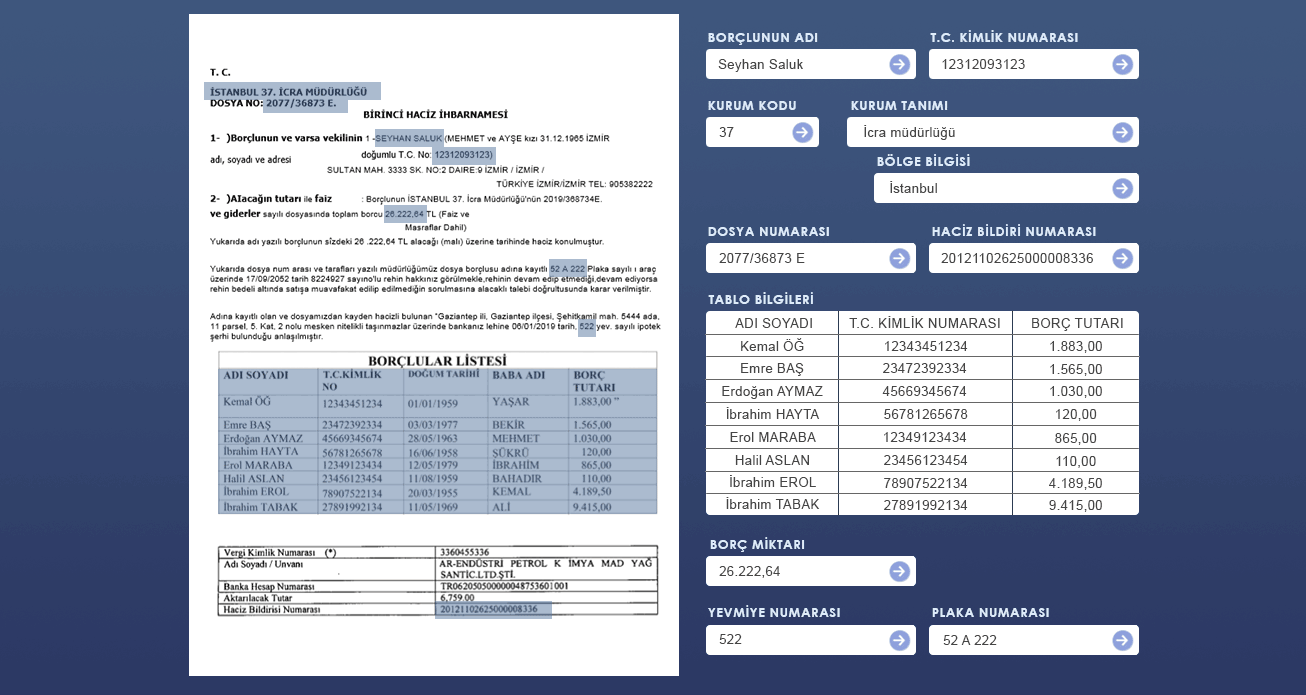How To Check Transmission Fluid: A Step-by-Step Guide
Knowing how to check transmission fluid is a crucial skill for every car owner. Transmission fluid is responsible for keeping your vehicle’s transmission system working smoothly by lubricating its moving parts, reducing friction, and preventing overheating. Whether you're new to car maintenance or just want a refresher, learning how to check transmission fluid level can save you time, money, and prevent major transmission issues.
In this post, we will walk you through how to check automatic transmission fluid level and explain the importance of this maintenance task. By the end of this guide, you will know exactly what to do to ensure your transmission fluid is in optimal condition.
Why is Checking Transmission Fluid Important?
Before diving into how to check transmission fluid, it’s essential to understand why transmission fluid is so important for your car. Transmission fluid plays a crucial role in your vehicle’s performance, ensuring that the transmission is well-lubricated, cool, and functioning smoothly. If the fluid level is low or if the fluid is old or contaminated, your car may experience shifting problems, overheating, or even complete transmission failure. That’s why regularly checking your transmission fluid is an important part of routine vehicle maintenance.
How To Check Transmission Fluid Level: A Simple Step-by-Step Process
Checking your transmission fluid level is a relatively easy process. Here’s how to check transmission fluid:
1. Park the Vehicle on a Flat Surface
The first step in how to check transmission fluid is to park your car on a level surface. This will ensure that the fluid is evenly distributed in the transmission and that you get an accurate reading. Make sure the car is in "Park" mode and the parking brake is engaged.
2. Start the Engine
For how to check automatic transmission fluid level, you’ll need to start the engine. Let the car run for a few minutes to ensure the transmission fluid is at its operating temperature. This helps the fluid circulate properly and gives you a more accurate reading of the fluid level. However, some vehicles may have different requirements, so it’s always a good idea to consult your owner’s manual to see if your car needs the engine running or turned off.
3. Locate the Transmission Dipstick
Next, locate the transmission dipstick. Most vehicles have a dipstick that is easy to identify, often with a brightly colored handle (typically red or yellow). It is usually located near the back of the engine bay, close to the transmission. If you're unsure where it is, your vehicle's owner’s manual will show you the exact location.
4. Pull Out the Dipstick and Clean It
Once you've found the dipstick, pull it out and wipe it clean with a cloth or paper towel. This is important because any residue on the dipstick from previous checks could give you an inaccurate reading. Cleaning it ensures that you get the most precise result.
5. Reinsert the Dipstick and Remove It Again
After wiping the dipstick clean, insert it back into the tube and push it all the way down. Then, remove the dipstick once again to check the fluid level. How to check transmission fluid level is simple at this point – all you need to do is look at the markings on the dipstick. Typically, you’ll see two marks: "Full" and "Low." If the fluid level is between these marks, it’s just right. If it’s near the "Low" mark, you’ll need to add more fluid.
6. Inspect the Fluid’s Condition
While you’re checking the level, take a moment to inspect the fluid's condition. Healthy transmission fluid should be bright red or pink and have a slightly oily texture. If the fluid is dark brown or black, or if it smells burnt, it’s a sign that the fluid is old and may need to be replaced.
7. Add Fluid if Necessary
If you find that the fluid level is low, you will need to add more. Be sure to use the correct type of transmission fluid for your car, as specified in the owner’s manual. To add the fluid, use a funnel and pour it into the dipstick tube. Add small amounts at a time and recheck the fluid level to avoid overfilling.
How to Check Automatic Transmission Fluid Level: Key Considerations
When learning how to check automatic transmission fluid level, there are a few additional things to keep in mind:
-
Engine Running: As mentioned earlier, most automatic vehicles require the engine to be running when checking the fluid level. This is because the fluid expands as the engine warms up, providing a more accurate reading.
-
Sealed Transmissions: Some newer cars come with sealed transmissions that do not have a dipstick. In these cases, you’ll need to take your car to a mechanic or service center to have the fluid checked. If you have a sealed transmission, it’s essential to follow the maintenance schedule in the owner’s manual for fluid checks.
-
Fluid Color and Smell: When checking automatic transmission fluid, the fluid should be bright red or pink. If the fluid is dark, brown, or has a burnt smell, it’s time to change it. Dark or burnt fluid can indicate overheating or contamination, which may signal an issue with the transmission itself.
Common Signs of Low or Dirty Transmission Fluid
Even if you regularly check your transmission fluid, there are a few signs that indicate your fluid may be low or dirty. Watch out for these symptoms:
-
Slipping Gears: If your car struggles to stay in gear or has trouble shifting, it could be due to low fluid.
-
Delayed or Rough Shifting: If your car hesitates when shifting gears or shifts roughly, it may be a sign that the fluid level is low or the fluid is degraded.
-
Unusual Noises: Grinding, whining, or clunking noises coming from the transmission often point to a lack of fluid or contamination.
-
Warning Lights: Some vehicles have a transmission warning light that will come on when the fluid is low or if there’s an issue with the transmission.
-
Burnt Smell: If the fluid has a burnt odor, it indicates that it has overheated and should be replaced.
How Often Should You Check Transmission Fluid?
The frequency with which you check your transmission fluid depends on your car’s make and model. As a general rule, it's a good idea to check the fluid every 30,000 miles or so, or every two years. However, if you drive in stop-and-go traffic, tow heavy loads, or frequently drive in hot weather, you may need to check the fluid more often.
Conclusion
Knowing how to check transmission fluid is essential for keeping your car’s transmission in optimal condition. Regularly checking how to check transmission fluid level can prevent overheating, poor shifting, and transmission failure. Whether you’re maintaining your car’s automatic transmission or ensuring everything is in order for manual gear shifts, this simple task can save you from costly repairs.









































![[The AI Show Episode 144]: ChatGPT’s New Memory, Shopify CEO’s Leaked “AI First” Memo, Google Cloud Next Releases, o3 and o4-mini Coming Soon & Llama 4’s Rocky Launch](https://www.marketingaiinstitute.com/hubfs/ep%20144%20cover.png)




























































































































































































